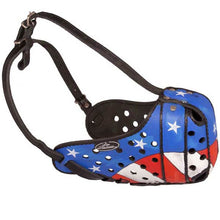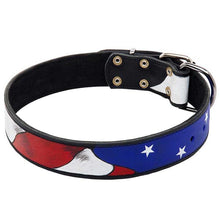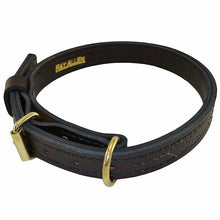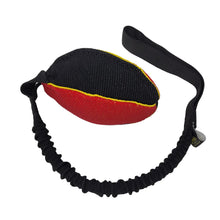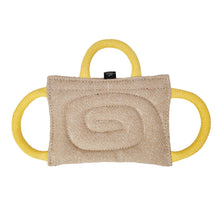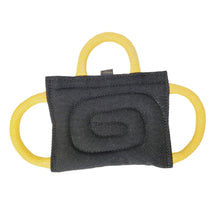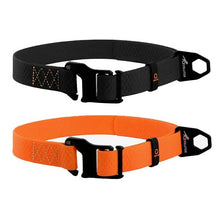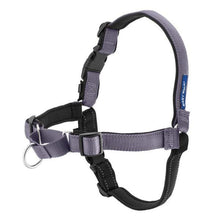A Guide To The Best Foods For German Shepherds
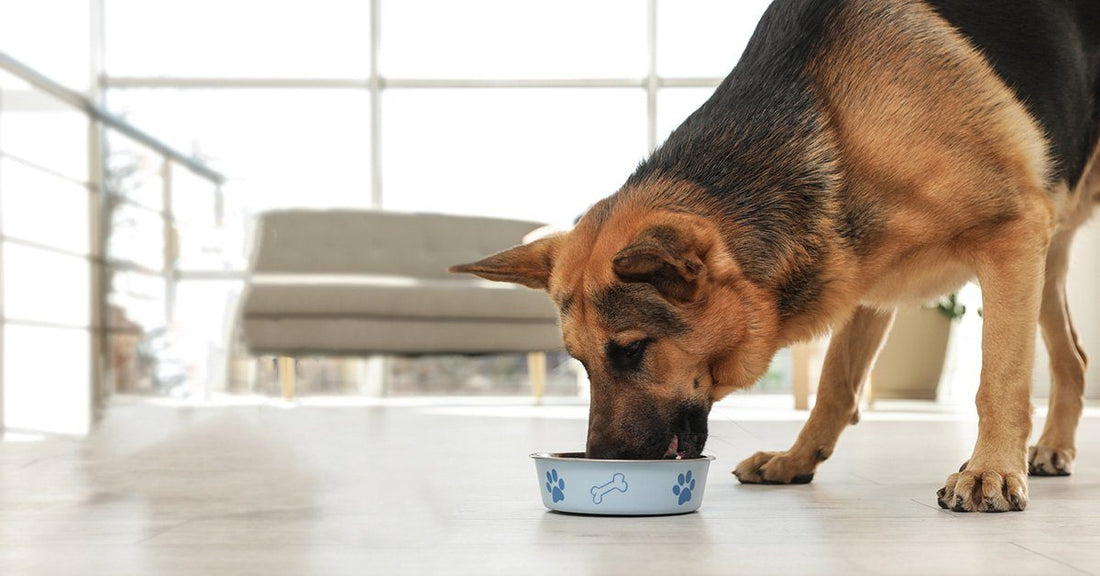
Choosing the right dog food is one of the most important things you can do for your German shepherd. When bringing up the subject of dog food, there are often passionate debates between good intentioned owners on just what that means.
The subject is more complicated than recommending the right ‘brand.’ The individual dog’s health, as well as the budget, lifestyle, and opinion of the owner all come into play when choosing dog food. Some owners will remain loyal to one brand of food throughout their dog’s life while others will regularly rotate a variety of foods in hopes they’re filling any nutritional gaps and offering variety.
The issue becomes even more complicated by marketing, branding, and a seemingly distrust of veterinarian recommendations. Some dog owners will go to great lengths to avoid purchasing food from their vet due to possible resentment the vet may make a small profit from their purchase. Yet, the same person will spend hundreds of dollars at a chain pet store and accept advice from a clerk with no nutritional training who may be promoting specific brands to increase sales.
So what is a dog owner to do? The World Small Animal Association (WSAVA) offers guidelines on choosing the right dog food. These guidelines at minimum recommend:
- Be sure to choose a food that contains the AAFCO adequacy statement that the food is “complete and balanced” for the life stage of your dog.
- If you want a food that has undergone actual feeding trials to ensure nutritional adequacy, choose one that says, “Animal feeding tests using AAFCO procedures substantiate NAME provides complete and balanced nutrition for LIFE STAGE. Feeding trial evaluation of food.”
- Choose a food that is formulated by a PhD in animal nutrition, or board certified by the American of Veterinary Nutrition (ACVN), or European College of Veterinary Comparative Nutrition (ECVCN).
- Know what is in the food, where the ingredients are sourced, and where food is manufactured.
- Know what quality control and safety protocols are in place. Do they test all ingredients pre and post production and throughout the process? Do they batch test food before distribution to the public? How often do they test their nutritional adequacy and for contaminants?
- Know if the company manufactures their own food or has outsourced their manufacturing to a co-packer. If they use a co-packer, who is in charge of quality control? How do you know you’re getting what you paid for? How can you be assured what is on the label is in the bag?
- Choose a company that is willing to provide a complete nutritional analysis rather than just a guaranteed analysis that only covers a minimum and maximum, rather than an exact number.
Following those guidelines can seem daunting and dog owners are often surprised at what they learn when contacting pet food companies. For instance, we contacted one pet food company that refused to tell us where they source their ingredients calling it “proprietary” while others only randomly test the nutritional components of their food and use a co packer, which is what got Blue Buffalo in trouble a few years back.
German shepherds also have unique nutritional requirements. The right nutrition may be able to help prevent some diseases and other health problems that the breed is prone to, such as:
- Hip dysplasia
- Elbow dysplasia
- Cruciate ligament injuries
- Arthritis
- Intervertebral disc disease
- Exocrine pancreatic insufficiency
- Allergies
- Sensitive digestion
- Obesity
To maintain good health, German shepherds require six classes of nutrients which are water, protein, fat, carbohydrates, vitamins, and minerals. Only protein, fat, and carbohydrate provide energy; vitamins, minerals, and water obviously does not. By following the feeding instructions on the dog food package, your dog should get the proper nutritional ratios, when feeding a complete and balanced food for the right life stage, in the right amount. According to the AAFCO, the nutrients requirements are:
|
Nutrients % in diet |
Growth Min |
Maint Min |
Maint Max |
|
Protein (%) |
22.0 |
18.0 |
|
|
Arginine (%) |
0.62 |
0.51 |
|
|
Histidine (%) |
0.22 |
0.18 |
|
|
Isoleucine (%) |
0.45 |
0.37 |
|
|
Leucine (%) |
0.72 |
0.59 |
|
|
Lysine (%) |
0.77 |
0.63 |
|
|
Methionine + cystine (%) |
0.53 |
0.43 |
|
|
Phenylalanine + tyrosine (%) |
0.89 |
0.73 |
|
|
Threonine (%) |
0.58 |
0.48 |
|
|
Tryptophan (%) |
0.20 |
0.16 |
|
|
Valine (%) |
0.48 |
0.39 |
|
|
Fat (%) |
8.0 |
5.0 |
|
|
Linoleic acid (%) |
1.0 |
1.0 |
|
|
Minerals |
|||
|
Calcium (%) |
1.0 |
0.6 |
2.5 |
|
Phosphorus (%) |
0.8 |
0.5 |
1.6 |
|
Ca:P ratio |
1:1 |
1:1 |
2:1 |
|
Potassium (%) |
0.6 |
0.6 |
|
|
Sodium (%) |
0.3 |
0.06 |
|
|
Chloride (%) |
0.45 |
0.09 |
|
|
Magnesium (%) |
0.04 |
0.04 |
0.3 |
|
Iron (mg/kg) |
80 |
80 |
3,000 |
|
Copper (mg/kg) |
7.3 |
7.3 |
250 |
|
Manganese (mg/kg) |
5.0 |
5.0 |
|
|
Zinc (mg/kg) |
120 |
120 |
1,000 |
|
Iodine (mg/kg) |
1.5 |
1.5 |
50 |
|
Selenium (mg/kg) |
0.11 |
0.11 |
2 |
|
Vitamins |
|||
|
Vitamin A (IU/kg) |
5,000 |
5,000 |
250,000 |
|
Vitamin D (IU/kg) |
500 |
500 |
5,000 |
|
Vitamin E (IU/kg) |
50 |
50 |
1,000 |
|
Thiamine (mg/kg) |
1.0 |
1.0 |
|
|
Riboflavin (mg/kg) |
2.2 |
2.2 |
|
|
Pantothenic acid (mg/kg) |
10 |
10 |
|
|
Niacin (mg/kg) |
11.4 |
11.4 |
|
|
Pyridoxine (mg/kg) |
1.0 |
1.0 |
|
|
Folic acid (mg/kg) |
0.18 |
0.18 |
|
|
Vitamin B12 (mg/kg) |
0.022 |
0.022 |
|
|
Choline (mg/kg) |
1,200 |
1,200 |
|
|
a Nutrient requirements are indicated on a dry-matter basis and are per kg of diet, not per kg of body weight of animal. These AAFCO nutrient profiles for dog foods presume an energy density of 3.5 kcal ME/g dry matter. Rations >4 kcal/g should be corrected for energy density. |
|||
The best food for German shepherds is tricky because each dog is different and each owner is different. They need food made for active dogs but care should be taken that they don’t gain weight and appropriate for each life stage. They need nutrients to nourish their sensitive skin and coats and to build a strong immune system and healthy joints.
The list below is certainly not exhaustive and care should be taken that you remain diligent about researching the brand you decide to trust. Not all follow WSAVA guidelines because, surprisingly few brands actually do.
The rule of thumb for feeding is to buy the best food you can afford that agrees with your dog. If your friend’s German shepherd thrives on one food, that doesn’t mean yours will too. Further, many owners have moved back toward feeding food with grains due to the nutritional DCM scare who were once feeding foods that contained high amounts of beans, legumes, and potatoes.
If you’re worried about what you’re feeding your dog or your dog has special health problems, talk to your vet or reach out to a board certified veterinary nutritionist. The American College of Veterinary Nutrition provides a list of doctors who will do phone consultations if there is not one near where you live.
“A board certified veterinary nutritionist® is a Diplomate of the American College of Veterinary Nutrition (ACVN®). The ACVN® is the AVMA-recognized specialty organization for nutrition. They are veterinarians who are board-certified specialists in veterinary nutrition. Training involves intensive clinical, teaching, and research activities spanning at least two years. Trainees also are required to pass a written examination in order to obtain board certification. To become board certified peer-reviewed research must be published, highly precise case reports submitted and accepted, and an intense two day, three part written examination must be passed.”
Kibble
Kibble is the most popular, simple, and affordable food to feed. By adding fresh toppers such as meat, eggs, and vegetables to the kibble, you can easily add a nutritional boost to the food. Some of the best kibbles are:
Annamaet Extra (other formulas available in this brand)
Annamaet Option (allergy friendly)
Instinct Raw Boost
Instinct Be Natural
Instinct Orignial
Wellness Complete Large Breed
Orijen
American Journey
Eagle Pack
Holistic Select Large Breed
American Natural Premium
Taste of the Wild
Victor
Merrick Large Breed
Stella and Chewy, various
Stella and Chewy, Simply Stella Lamb (for sensitive dogs)
Acana
Fromm
Nature’s Logic
Royal Canin German Shepherd
Royal Canin Joint Health
Purina Pro Plan Sport Turkey and Barley (corn, wheat and soy free)
Purina Pro Plan Large Breed Sensitive Skin and Stomach Salmon (corn, wheat and soy free)
Purina Pro Plan Sensitive Skin and Stomach Lamb (corn, wheat and soy free)
Canned:
Canned is more expensive but also offers more moisture, which is good for the kidneys and can be used as toppers. There are many price points in this list:
American Journey
Instinct Original
Instinct Limited Ingredient
Instinct Stews
Merrick Classic
Taste of the Wild
Halo
Weruva
Wellness Stews
Canidea
Royal Canin German Shepherd
Purina Pro Plan Sensitive Skin and Stomach Salmon
Eukanuba Stews
Nature’s Logic
KOHA
Nutro
Blue Buffalo
Purina Pro Plan Savor
Fresh Delivery
Fresh cooked foods delivered to your door. The food you would make if you had the time:
Just Food for Dogs
The Farmer’s Dog
Ollie
Nom Nom
Raw
For this article, we are discussing commercial raw that is nutritionally balanced and prepared rather than do it yourself.
Steve’s Real Food
Instinct Raw
OC Raw
Primal Pet Foods
When choosing a food, be sure to investigate the recall history, contact the company and ask them specific questions, and learn more about who makes it. Be sure to look beyond the brand and into the nutritional adequacy. Talk to your vet and ask them what foods they think cause the most problems and why.
Good luck finding the right food for your pup. We hope this list helps point you in the right direction.




